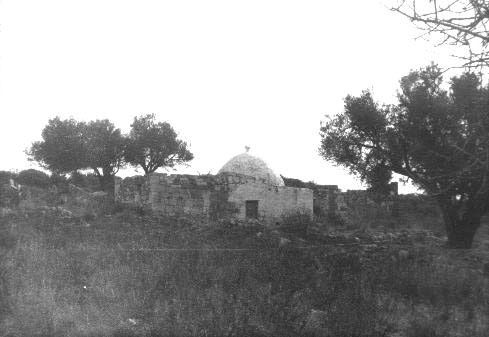|
Hallowed Landscape: A History of the Shrines of South Lebanon Investigates the history of the multi-religious shrines of South Lebanon, focusing on the relationship between the material transformation of the landscape and changing religious practices. About the project Bound by the Awwali River to the north, the Mediterranean Sea to the west and the Lebanese borders with Israel and Syria to the south and east, "the South" is home to many shrines and pilgrimage sites, often common to the three Abrahamic religions. Since the 1970s, the region has been synonymous with dangerous borderland, prone to systematic violence and intermittent wars. Since the end of the Civil War in 1991, the region also established its reputation as a “Hezbollah heartland”. These characterizations have come to overshadow a history of the South as a vibrant, multi-confessional region with criss-crossing practices of folk religion. Objectives The project uncovers this history, placing specific focus on the transformation of the South as a material landscape from the late 19th until the mid-20th century. It looks specifically at the relationship between religious practices and the reshaping of the landscape through successive state reforms (Ottoman, French mandate, and Lebanese). In a long-term perspective, the project proposes a historic link between the impact of modernity on religious practices and the religio-political sanctity pervading the South today -- a sanctity geared towards resistance and martyrdom in defense of the land. Toufoul Abou-Hodeib (Project and research by Toufoul Abou-Hodeib - photography, maps, and website by Børre Ludvigsen.) Last modified: Tue Apr 22 14:21:17 2014 |
